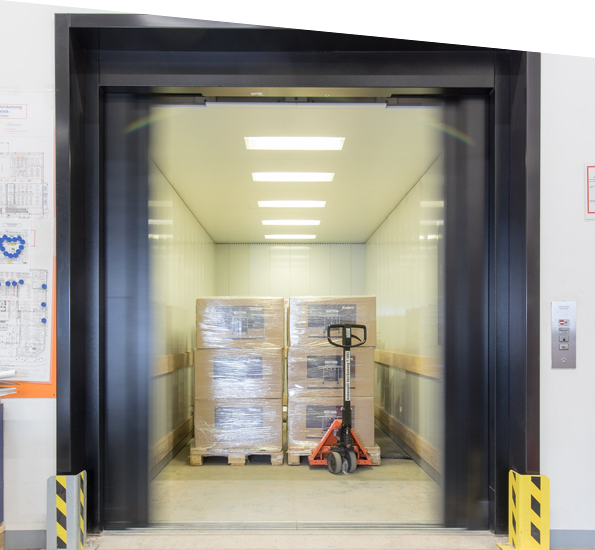Industrial Elevator
Industrial elevators are heavy-duty lifts designed for rigorous use in demanding environments such as factories, warehouses, construction sites, and other industrial settings. They are built to handle large loads, operate under harsh conditions, and ensure the safety of personnel and materials. Here’s an in-depth look at industrial elevators:
Types of Industrial Elevators
1. Freight Elevators:
- Mechanism: Can be hydraulic or traction-based.
- Usage: Used for moving heavy goods, machinery, and materials.
- Advantages: High load capacity, durability, and can handle large, bulky items.
2. Personnel Elevators:
- Mechanism: Typically traction or hydraulic.
- Usage: Used for transporting workers to different levels of a facility.
- Advantages: Ensures worker safety and improves efficiency.
3. Construction Hoists:
- Mechanism: Rack-and-pinion or cable-based systems.
- Usage: Temporary elevators used on construction sites to transport materials and workers.
- Advantages: Portable, easy to install and dismantle, high load capacity.
4. Mine Elevators:
- Mechanism: Often cage or skip hoists.
- Usage: Transporting miners, equipment, and extracted materials within a mine.
- Advantages: Designed for deep vertical travel, robust safety features.
5. Explosion-Proof Elevators:
- Mechanism: Specially designed to prevent ignition in hazardous environments.
- Usage: Used in chemical plants, oil refineries, and other explosive-prone areas.
- Advantages: Enhanced safety features to prevent sparks and contain explosions.

